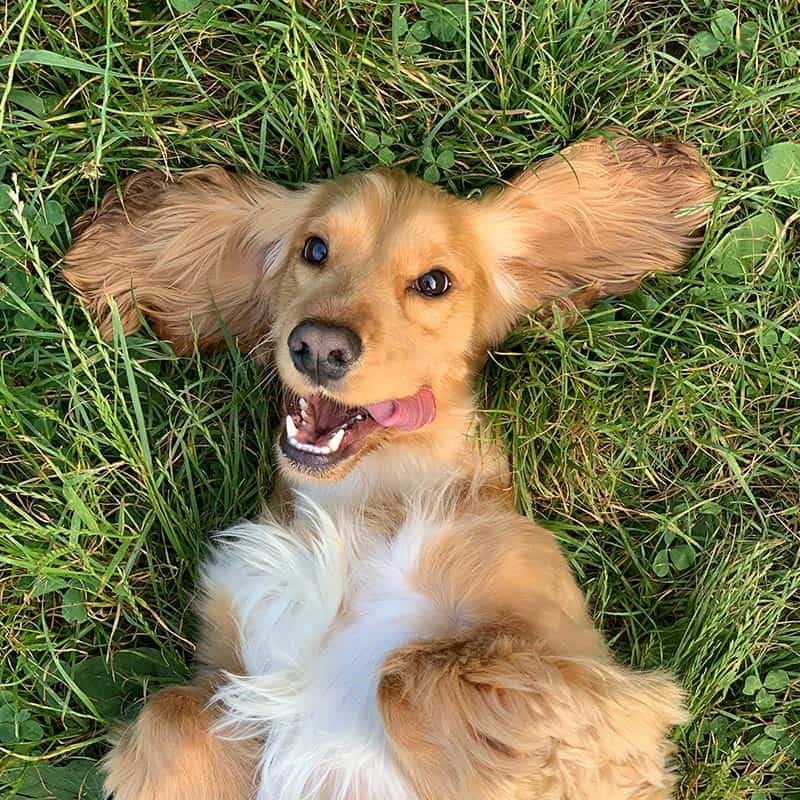
Effective Methods for Mitigating Pet Aggression Towards Other Animals
Pets offer an enriching companionship that's hard to match. However, handling situations where pets exhibit aggression towards other animals can be a significant challenge. Aggression might present as barking, snarling, scratching, or biting and can be quite alarming. To maintain peace and ensure safe interactions, it's crucial to comprehend and manage these aggressive tendencies appropriately. This comprehensive guide will elucidate some successful methods to address pet aggression towards other animals.
Deciphering Pet Aggression
Typically, aggression in pets is a reaction to a threat they perceive. The root causes can be diverse, such as fear, dominance, territoriality, or inadequate socialization. Effectively dealing with aggression requires understanding its origin.
1. Early Exposure to Diverse Experiences
A proactive approach to preventing aggression involves socializing your pet from a young age. This process implies exposing your pet to a wide range of experiences, surroundings, and animals, making them feel at ease and less threatened in varying situations.
2. Encouragement through Positive Reinforcement
Positive reinforcement involves acknowledging and rewarding the behaviors you want your pet to repeat. If your pet shows calm behavior around other animals, acknowledge this with treats, words of praise, or playtime. Eventually, they'll learn to associate tranquility with rewarding outcomes.
3. Systematic Desensitization
For pets already displaying aggression, systematic desensitization can prove beneficial. This technique involves exposing your pet to other animals from a distance that doesn't provoke anxiety or aggression. As your pet gets comfortable, gradually decrease the distance, rewarding calm behavior continuously.
4. Managing Redirected Aggression
Redirected aggression is when a pet projects their aggression onto another object or creature because they cannot reach the one causing their excitement. In such cases, refrain from intervening physically as it could lead to injury. Instead, distract your pet with a sudden sound or a favorite toy to break their focus.
5. Dealing with Territorial and Protective Aggression
Pets may show aggression when protecting their territory or their owners. In these situations, establishing boundaries within your home can prove effective. Consider using pet gates or crates to designate separate spaces for your pets.
6. Professional Assistance
If the aggression is intense or you're not confident managing it independently, seek help from professionals. Animal behaviorists and certified pet trainers have specialized knowledge and can provide invaluable advice and direction.
7. Spaying or Neutering Your Pet
Spaying or neutering can often reduce aggression, particularly in male pets. Discuss with your vet about when and whether this is a good option for any pet.
8. Regular Physical Activity and Mental Stimulation
Regular physical activity can help manage aggression by dissipating excess energy that might otherwise fuel aggressive behaviors. Mental stimulation, through brain-stimulating toys or training tasks, can also help keep your pet relaxed and focused.
9. Medication
In certain situations, under the guidance of a vet, medication may be used to control aggression. These can be paired with behavioral strategies for optimal results.
10. Patience and Steadiness
Keep in mind that behavioral changes take time, and steady reinforcement is crucial. Avoid punishing aggressive behavior as it can escalate fear and anxiety, leading to increased aggression. Focus on rewarding positive behavior and creating a secure and safe environment for your pet.
In conclusion, addressing pet aggression towards other animals is a common challenge for pet owners. However, with perseverance, steadiness, and the right techniques, it's feasible to decrease aggression and enable your pet to have healthier interactions with other animals. Always consider consulting a professional if you're unsure or if your pet's aggression is intense.
- Choosing a selection results in a full page refresh.












